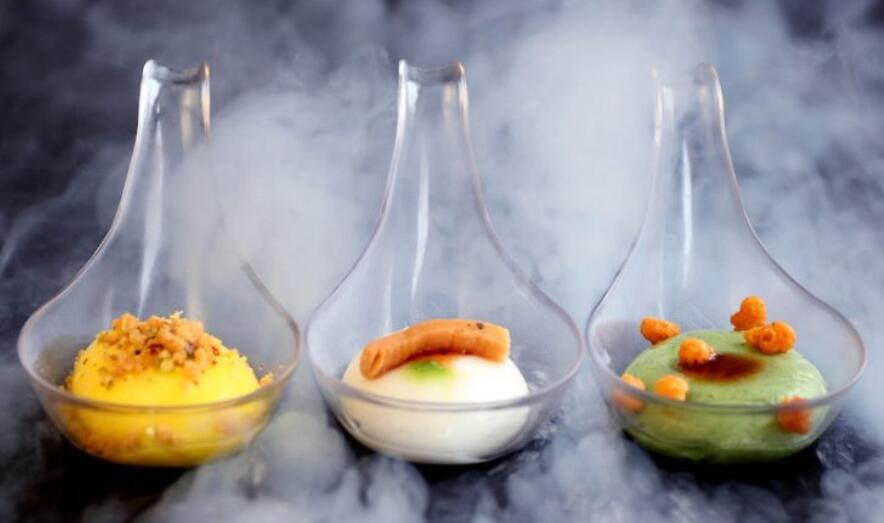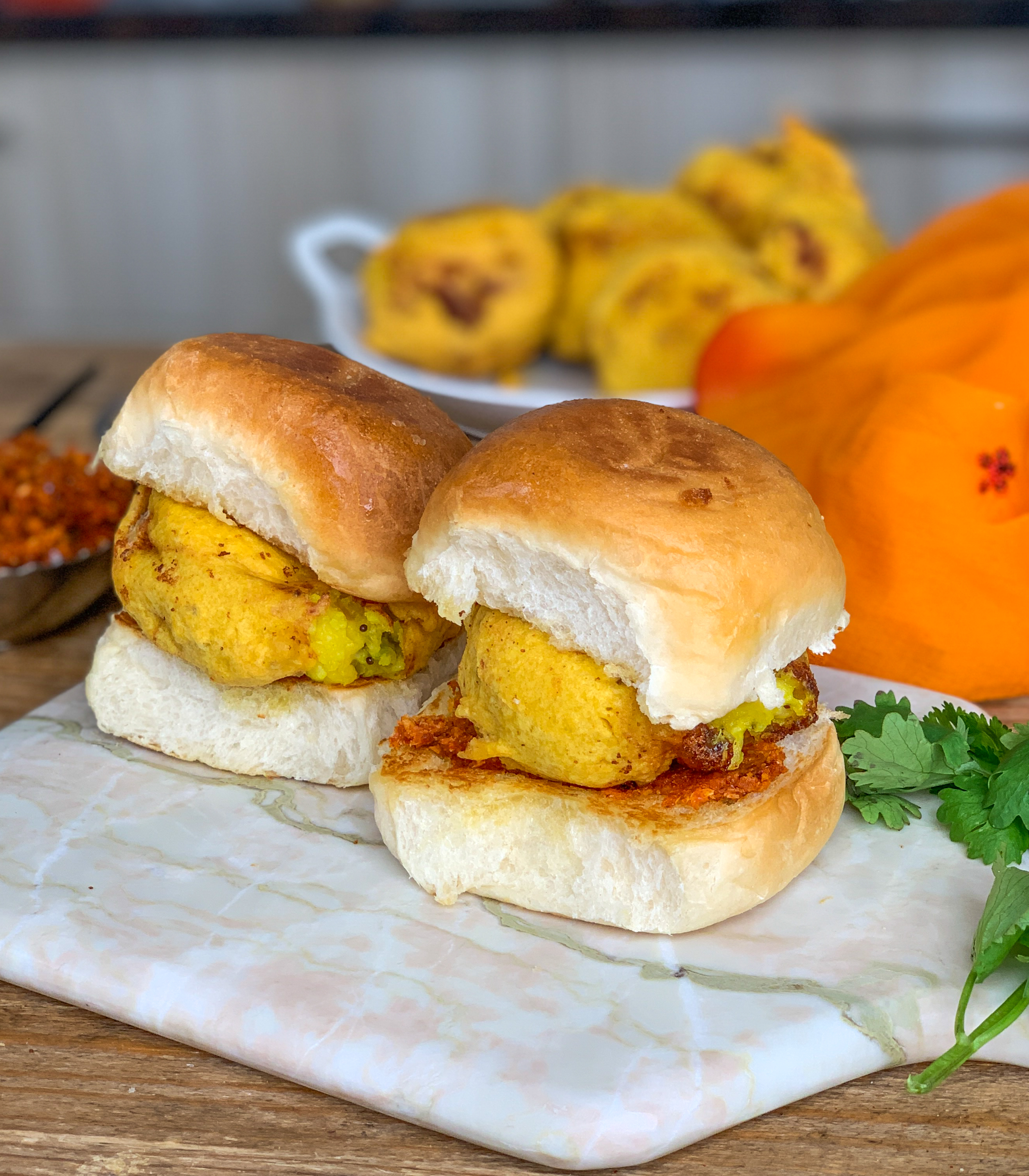
Unveiling the Secrets of Molecular Gastronomy
Introduction: The Fusion of Science and Culinary Art
Molecular gastronomy, often hailed as the epitome of culinary innovation, is more than just a cooking technique – it’s a captivating blend of science and artistry. In this article, we embark on a journey to explore the fascinating world of molecular gastronomy, delving into its origins, principles, and the transformative impact it has had on the culinary landscape.
Understanding the Science Behind Molecular Gastronomy
At its core, molecular gastronomy seeks to understand and manipulate the chemical and physical transformations that occur during cooking. By applying principles from chemistry and physics, chefs can experiment with ingredients and techniques to create dishes that defy traditional culinary boundaries. From spherification to emulsification, each technique is meticulously crafted to enhance flavors, textures, and presentation.
Breaking Down the Techniques
One of the most iconic techniques in molecular gastronomy is spherification, which involves transforming liquid ingredients into delicate spheres resembling caviar or pearls. By carefully controlling the gelling agents and calcium content, chefs can create spheres with varying textures and flavors, adding a unique visual and textural element to dishes.
Another notable technique is sous vide, a method of cooking food in vacuum-sealed bags submerged in a precisely controlled water bath. This gentle cooking process ensures that ingredients are cooked evenly and retain their natural flavors and moisture, resulting in tender and flavorful dishes.
Exploring Flavor Pairings and Combinations
Molecular gastronomy encourages chefs to think outside the box when it comes to flavor pairings and combinations. By understanding the chemical compounds responsible for taste and aroma, chefs can create unexpected flavor profiles that tantalize the palate. From savory ice creams to foams infused with aromatic herbs, the possibilities are endless, allowing chefs to push the boundaries of traditional cuisine.
Pushing the Boundaries of Presentation
In addition to transforming flavors and textures, molecular gastronomy has revolutionized the way dishes are presented. Chefs often use innovative plating techniques, such as edible flowers, foams, and geometric shapes, to elevate the dining experience and engage all the senses. Each dish becomes a work of art, inviting diners on a visual and gastronomic journey unlike any other.
The Impact on Culinary Education and Innovation
As molecular gastronomy continues to gain popularity, culinary schools and institutions are incorporating it into their curriculum, ensuring that future generations of chefs are equipped with the knowledge and skills to push the boundaries of gastronomy even further. Additionally, chefs around the world are embracing molecular gastronomy as a means of fostering creativity and innovation in their kitchens, resulting in an exciting evolution of the culinary arts.
Conclusion
Molecular gastronomy is more than just a culinary trend – it’s a testament to the endless possibilities of food and flavor. By combining science and artistry, chefs are redefining the boundaries of traditional cuisine, creating dishes that delight the senses and spark the imagination. As we continue to unravel the secrets of molecular gastronomy, one thing is certain: the future of food has never looked more exciting. Read more about molecular gastronomy courses

